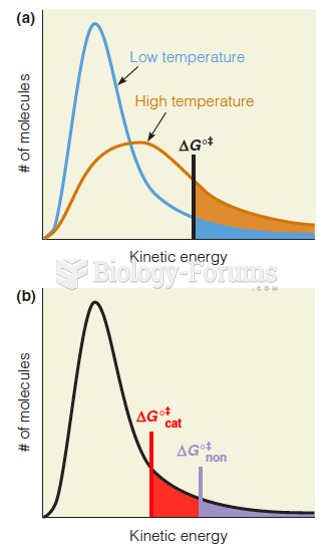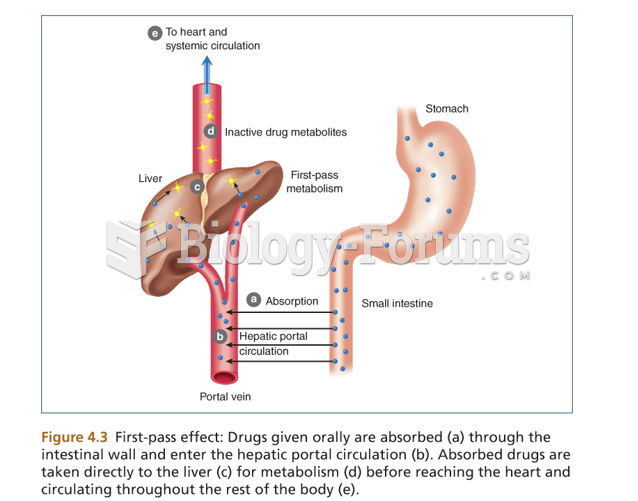Answer to Question 1
Answer: This is an important observation of self-determination theory, one supported by both cognitive dissonance theory and self-perception theory. It is significant because it means that, with the best intentions, individuals can undermine the motivation of others. Basically it is a phenomenon in which an individual is initially intrinsically motivated to do something because they find the activity interesting and engaging, inherently enjoyable and rewarding. Now, by the process of starting to externally reward this activity, the intrinsic motivation is devalued and what used to be an intrinsically motivated activity is now extrinsically motivated. This would be particularly disastrous for children and must occur all the time at the start of school. Suddenly an activity, like reading, that used to be done naturally is done only for external rewards that are furnished as part of a school program designed to engage students in reading. The exception to this is if a means of reward carries only information. In that case, overjustification tends not to occur.
Answer to Question 2
Answer: For the authors of the textbook, being self-regulated means having the ability and maturity to be able to adjust our own behaviors and attitudes to the situation. They suggest a continuum from complete lack of motivation, or amotivation, that requires no regulation, to intrinsic motivation in which ones regulation is wholly internal. An individual chooses activities and interests for the inherent satisfaction that they feel in doing them. Between amotivation and intrinsic motivation are four levels of extrinsic motivation. The highest, or closest to intrinsic motivation, is a level of extrinsic motivation that involves integrated regulation. In this state, the individual has internalized the goals and values of the externally imposed situation. Down from that level is identified regulation in which an activity is made into something personally meaningful through a process of rationalization: I will enjoy this boring exercise because at some later date I will feel good about it. In introjected regulation an individual has taken into themselves the means of control that used be to external and uses the guilt, anxiety, etc., that external agents used to use to motivate them. The lowest level is external regulation in which the individual is not motivated to do a task unless someone else forces them.







